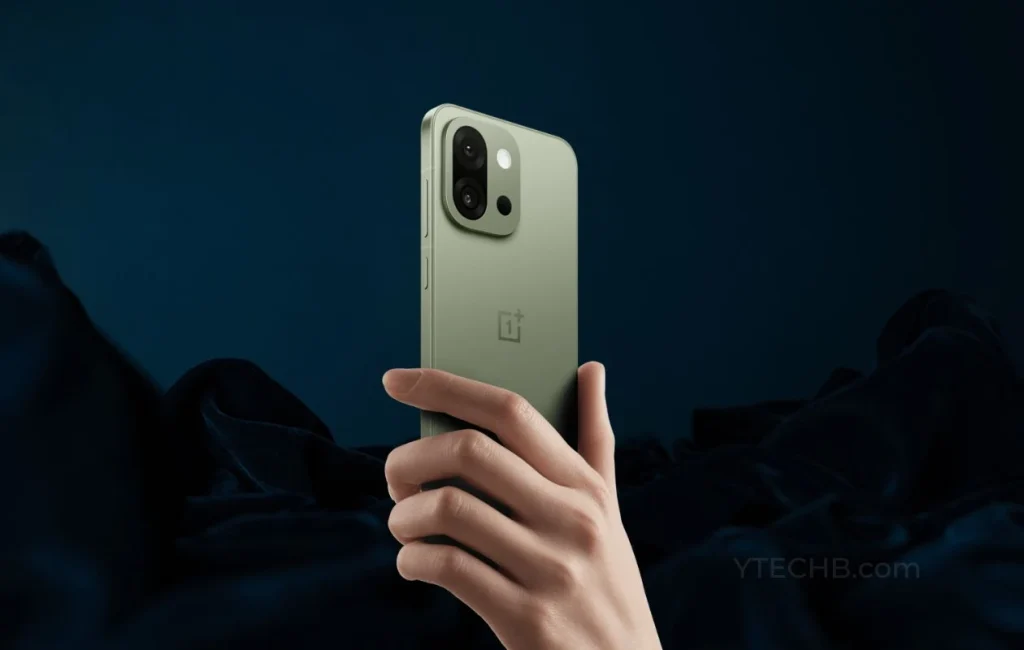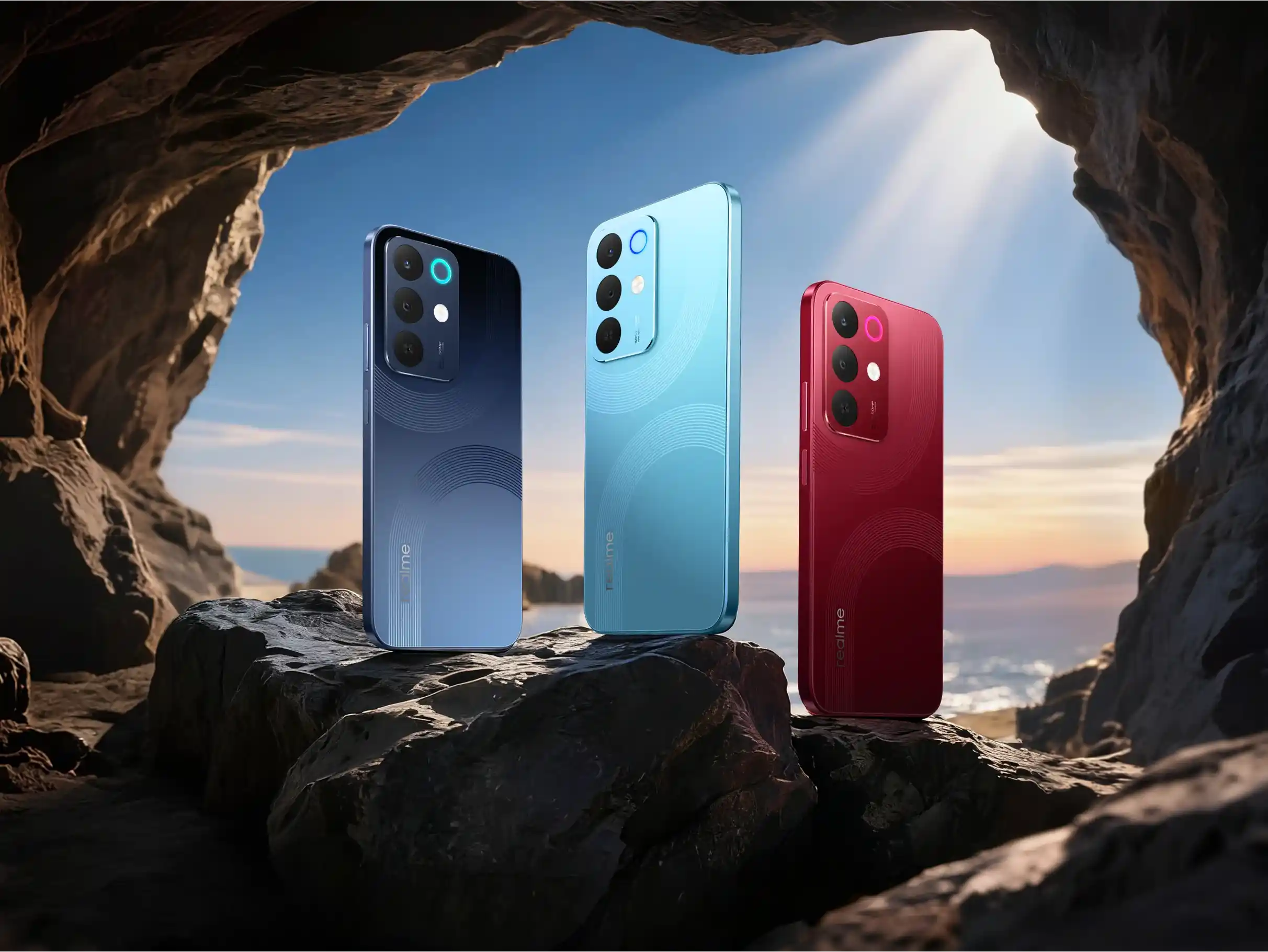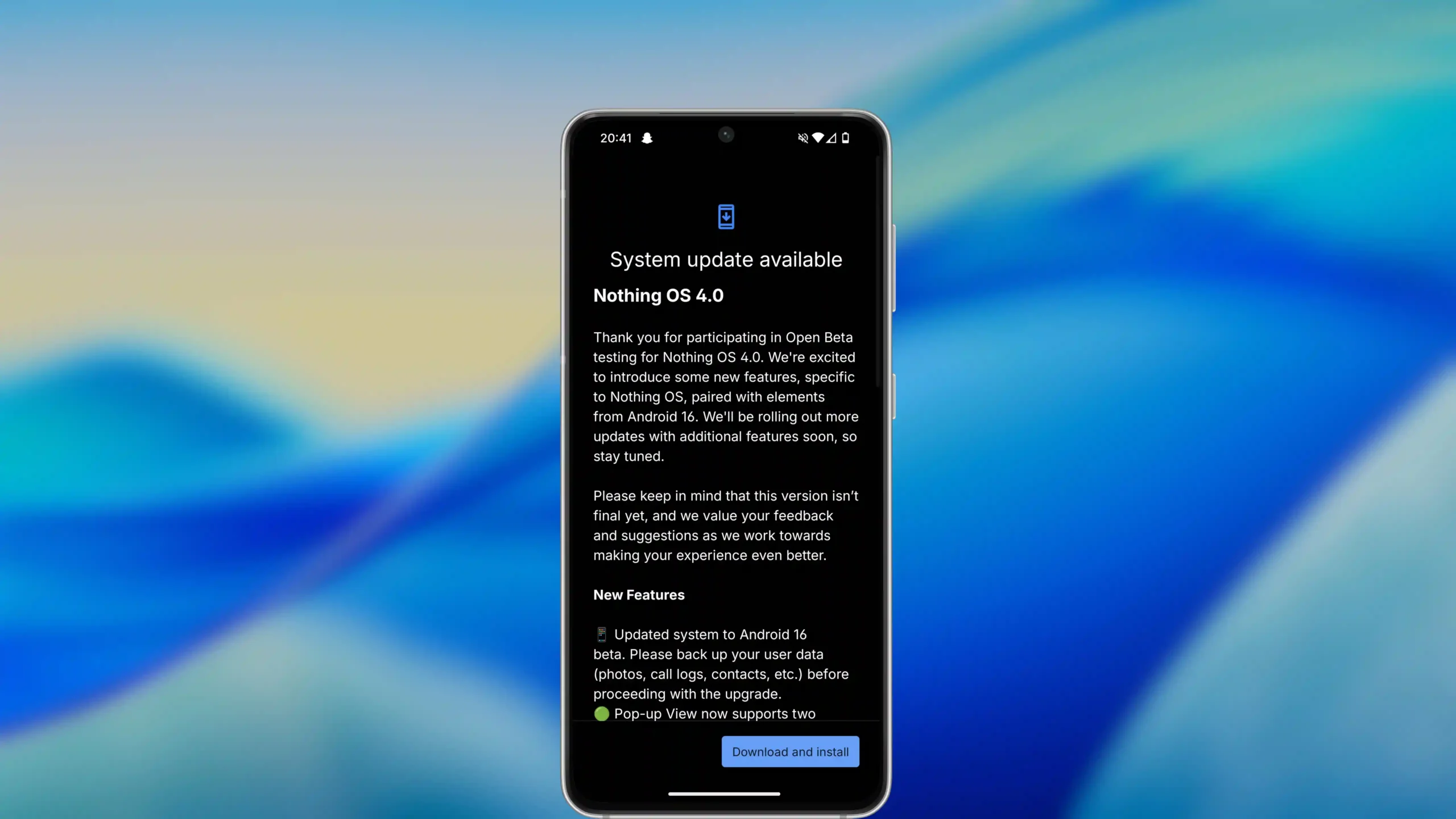It’s been plenty of time since I’ve been using the new compact flagship in the town, the OnePlus 13s. It’s the first step from the brand into the compact flagship category, and it boasts some interesting specifications like the Snapdragon 8 Elite chipset, 5,850mAh battery, 32-megapixel front selfie shooter, and a lot more.
However, some of its specifications, such as the camera, have been a hot topic of debate. It’s also the first global device to feature the key ‘Plus Key’ button, which aims to replace the iconic alert slider. But anyway, I’ve used the OnePlus 13s thoroughly for nearly two months now, and I’m going to give my honest thoughts in this post. Let’s see where the new compact flagship stands in the town.

To keep it simple, the review will be divided into three parts: the pros, the cons, and the final verdict. Let’s start with the Pros now.
OnePlus 13s – The Pros
The OnePlus 13s comes with a 6.32-inch AMOLED display with 1216 x 2640 pixel resolution, 120Hz high refresh rate support, HDR10+, and Dolby Vision support. It is an LTPO display, meaning it can dynamically switch from 1Hz to 120Hz depending on the usage. The bezels around the display are also very narrow; however, the bottom chin is a little thicker compared to the other three sides.

The display is honestly very amazing. It is sharp enough, and 1600-nits of HBM makes it bright enough in the direct sunlight.
Coming down to the build, it has the boxy design language with flat frames and a frosted glass rear panel. The frame is made up of aluminium, and the Corning Gorilla Glass 7i protects the rear panel. The same Gorilla Glass 7i is used on the front display as well.
The in-hand feel of the device is top-notch, with a 50:50 weight distribution, 185 grams of weight, and 8.2mm thickness is not something you can go wrong with. Aside from the lack of stronger protection, it scores an easy 5 out of 5 in this category.
The next good thing about it is the battery backup and charging. It packs a 5,850mAh battery, and by the way, that’s the graphene battery and not the silicon-carbon. Despite that, the overall screen-on-time is very impressive. It can easily touch 11 hours of screen-on-time on light usage and can last nearly 7 hours on heavy usage.
It uses single-cell battery technology, and therefore, the charging speeds are comparatively (although not much) slower. It takes around an hour to fuel up from zero to a hundred. Ambient temperature has a huge influence on the charging speed.

The OnePlus 13s is powered by Qualcomm’s Snapdragon 8 Elite mobile platform. It is paired with LPDDR5X RAM and UFS 4.0 storage type. I don’t think I should say much here. It can handle anything with ease. The heavy gaming and editing is not even considered a heavy task for it. You do not see any heating or throttling issues.
Now, since we are talking about the software, it comes with the OxygenOS 15 based on Android 15 right out of the box. The brand promises up to 4 years of Android updates and up to 6 years of security updates. The software is well-tuned, and there are no issues with it whatsoever.
This is not where the list ends. The next up is the selfie camera. It packs a 32-megapixel auto-focus supported selfie shooter. It takes some amazing selfies in both daylight and artificial lighting conditions. The field of view of the camera is also wide enough to fit in your big friend’s circle in one single photo. The optimization is also good.
The colours, exposure, HDR, portrait mode edge detection, everything is nearly on point. However, you will find the selfie camera struggling a bit in the low light. But anyway, this device takes one of the best selfies.
Now talking about the multi-media experience and haptic feedback, it is very good. The display is amazing, as I said earlier, and the sound output through the speakers is well-optimized. It is loud and “full” given its compact size. The haptic motor is also strong enough, and the best part of it is the software integration. OxygenOS has one of the best integrations of haptics in the software, and there’s no denying it.
OnePlus 13s – The Cons
The list of the pros of the OnePlus 13s is surely big, but that doesn’t mean that it is a flawless device and that it does not have any cons.
Starting with the rear camera setup, the device packs a dual lens setup with a 50-megapixel Sony LYTIA-700 main lens and a 50-megapixel JN5 2X optical zoom telephoto lens. You do not get any ultrawide lens here. By keeping that camera section in the cons category, I don’t mean that it’s a bad camera by any means.
Starting with the rear camera setup, the device packs a dual lens setup with a 50-megapixel Sony LYTIA-700 main lens and a 50-megapixel JN5 2X optical zoom telephoto lens. You do not get any ultrawide lens here. By keeping that camera section in the cons category, I don’t mean that it’s a bad camera by any means.
However, the telephoto does not have optical image stabilization support. The optical zoom range is also 2X or 49mm, which is below the benchmark of this segment. And the lack of an ultrawide lens just adds up.
To be frank, it surely takes some good images, but if you want versatility with your phone’s camera, then this phone is not for you. You can read more about its camera on my full camera review here:
Next in the list is Plus Key. I believe that, though it’s a nice addition, its current use case is limited. The key was created to present more versatility over the Alert Slider, and I don’t think it’s doing it yet. You can currently trigger preset functions only by doing a long press and hold on it.
There’s no way to trigger functions on a short press or a double-press. This is something that can be added in the future via updates, and I hope OnePlus will do it. But as of now, I do not think that whatever extra features you get for now are justified for the trade-off with the modular design and feel of the iconic Alert Slider.
These were two major cons in my opinion. Aside from that, a USB 2.0 port, lack of ultrasonic fingerprint scanner, and an IP65 rating also fall in the cons category.
The Verdict
OnePlus 13s is an interesting device, and it sure is a step in the right direction. It excels on all the basics – the performance, display, in-hand feel, a good selfie camera, and a good main camera. But then, it has some cons such as a lack of camera versatility, USB 2.0, optical fingerprint scanner as well.
As long as you do not want a very powerful telephoto lens or an ultrawide lens, the OnePlus 13s will remain one of the easiest picks in the compact flagship category.
The device is formally launched in two variants in India: 12GB + 256GB and 12GB + 512GB. It is priced at INR 54,999 and INR 59,999, respectively. However, ever since its launch, it’s easily available (with bank offers) for INR 49,999 and INR 54,999, respectively. For the normal pricing, it’s a decent device, but for the offer pricing, it is easily one of the best picks.
The Pros
- Very solid performance.
- Amazing display, and in-hand feel.
- Good battery backup.
- One of the best selfie cameras and a good primary lens.
- One of the best software experiences.
The Cons
- Lack of OIS in telephoto and below-average optical zoom range.
- Low-light camera performance needs optimization.
- USB 2.0, IP65, optical fingerprint scanner could’ve been better.



